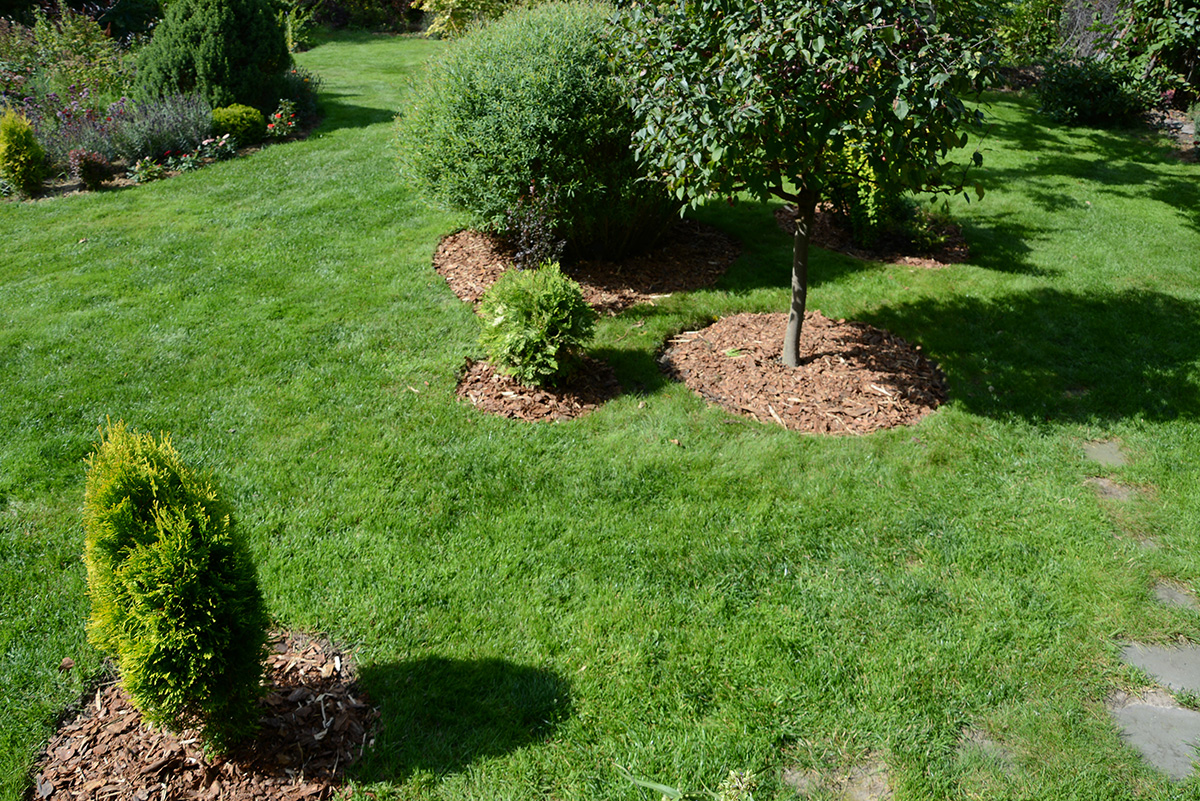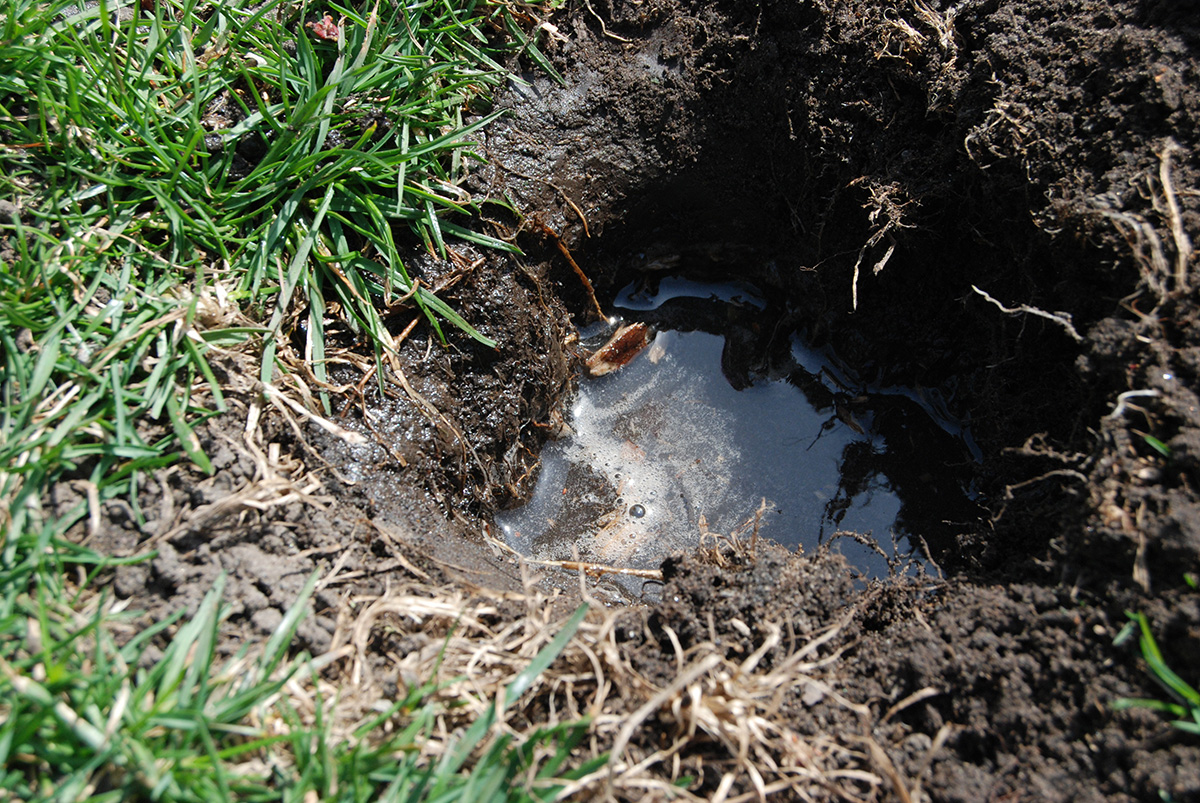Get to Know Your Property
One of the first steps in choosing the right plant for the right place is getting to know your property.
- Where is it sunny or shady during different times of the seasons or day?
- What are your soils like (ex. clay, sandy, both)?
- Are there spots that never seem to dry out or are dry all the time?
- Look around—are there plants with problems?
- Where do you want play areas, vegetables, color, views, or privacy?
- How much lawn do you need or want to maintain?
- What kind of plantings would fit your property?
Natural Lawn Care Site Assessment Worksheet
Determine the Exposure
Light can vary greatly depending on the time of day, the season, and whether it is filtered or completely blocked.

Sun exposure can be a determining factor in deciding where to plant and what plant species will thrive. | Photo Credit: Shutterstock
- Sunny areas get six or more hours of full sun, resulting in warm, dry soil. If plants are also exposed to wind, they will lose even more moisture.
- Shady areas are under trees or eaves or against north-facing walls. These areas can be especially dry if tree roots are competing for moisture or when eaves block rainfall year round.
Test Your Drainage
Understanding how your soil drains is critical to choosing the right plants and knowing how to water them. If your soil drains too quickly, plants may not have a chance to absorb enough moisture, so you will need to water more often. If the soil drains too slowly, the plant’s roots can suffocate from being submerged in water, resulting in rotten roots or even plant death. Test your soil drainage by digging a hole six inches wide and one foot deep. If you have one, a posthole digger works well for this job. Then fill the hole to the top with water and let it drain. When the water has drained completely, fill the hole again. This time keep track of how long it takes for the water to drain completely from the hole.
- If the water drains in less than three hours, you probably have sandy soil.
- If water is still standing in the hole after eight hours, you probably have clay soil. It will be important to choose plants that don’t need good drainage.
- If the water drains within four to six hours, you have good drainage and can choose a variety of plants.

Testing your soil drainage can give you valuable information about how to select and care for your plants correctly. | Photo Credit: Janice Milanovich, Illinois-Indiana Sea Grant








